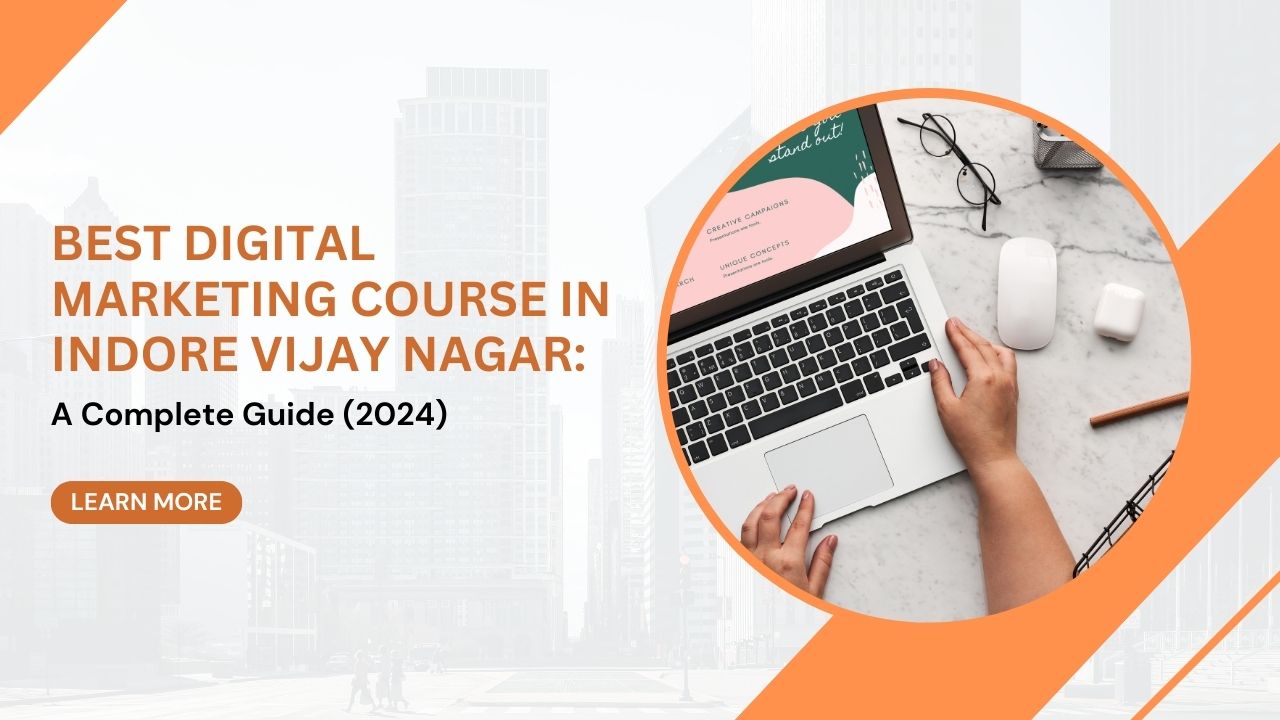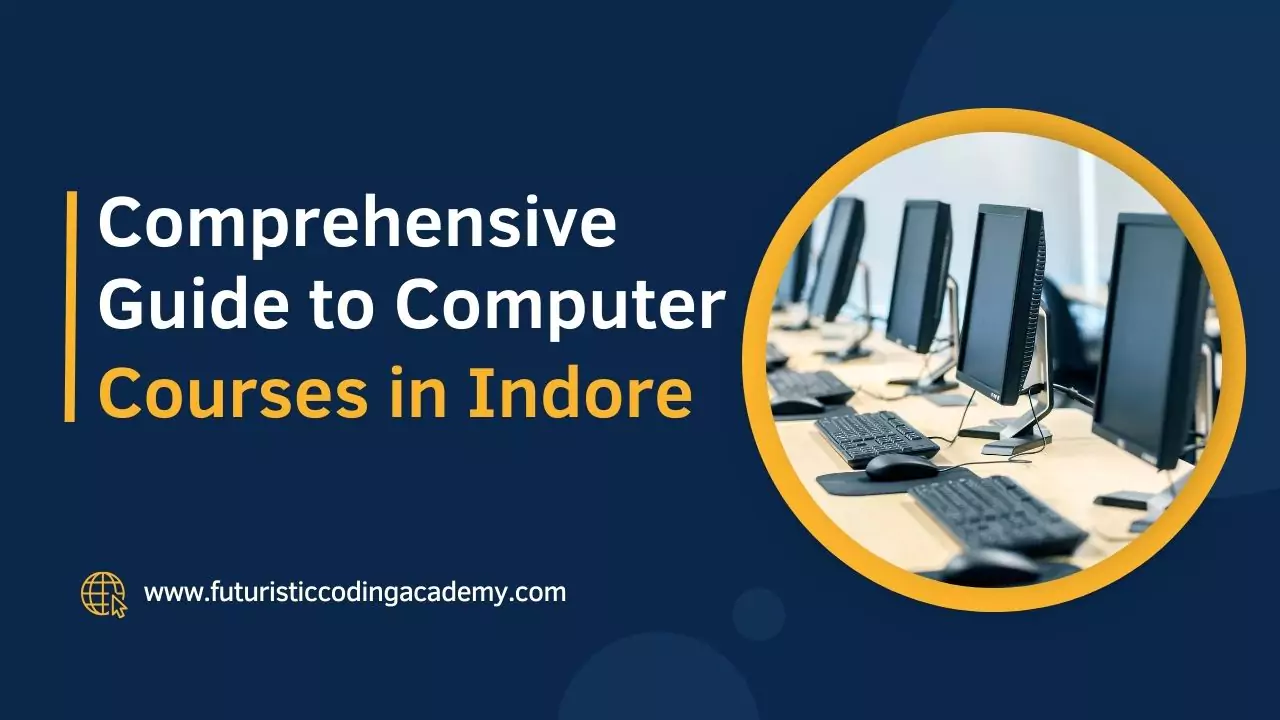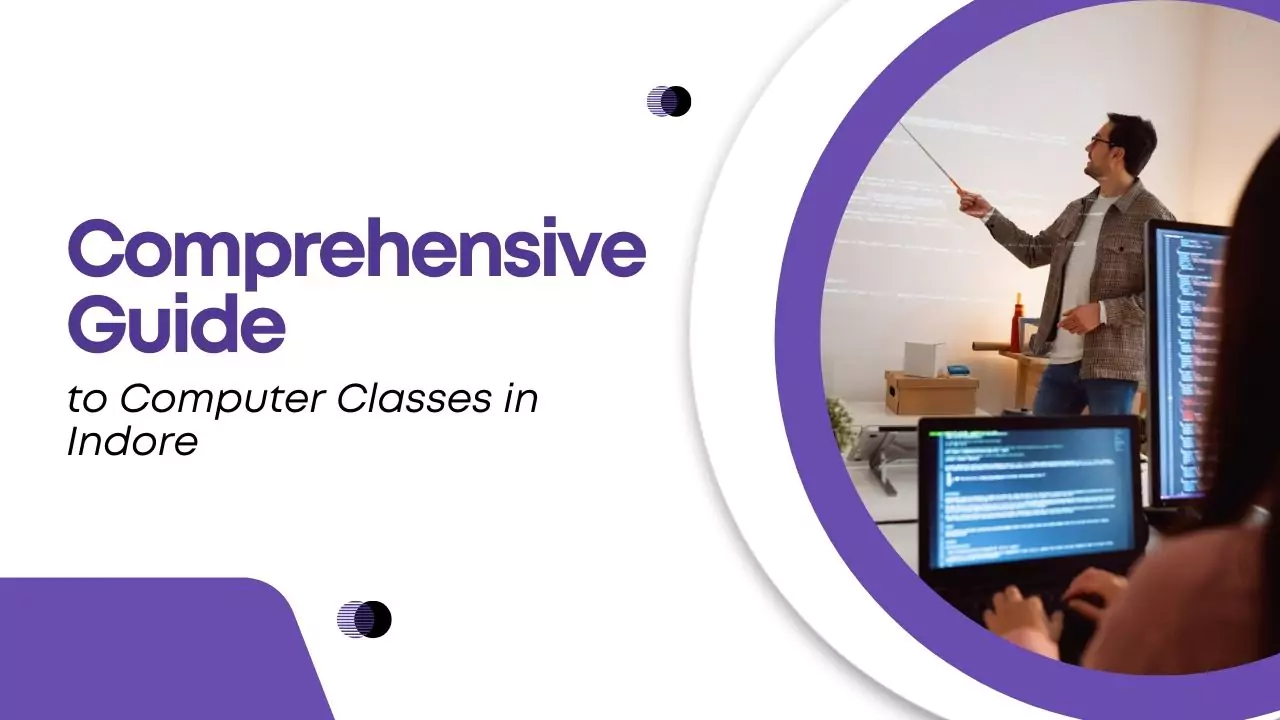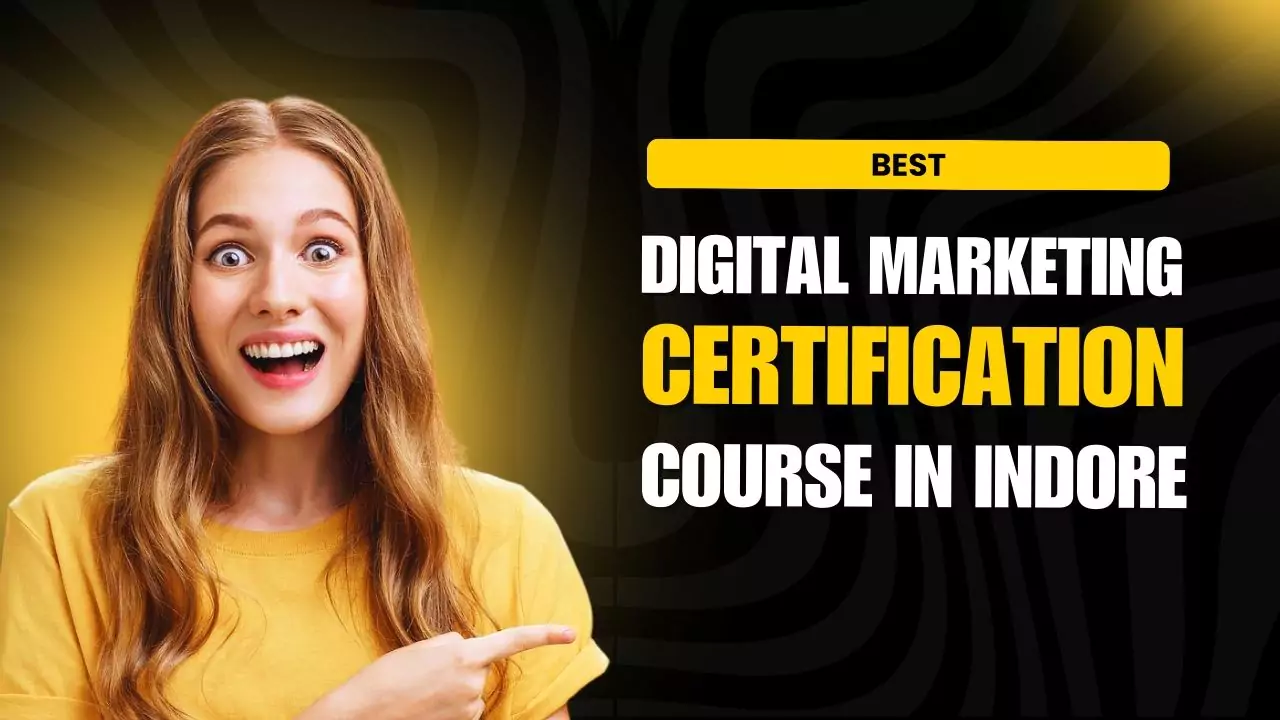In today’s digital age, the demand for Full Stack Developers is soaring. These professionals possess a unique blend of front-end and back-end development skills, enabling them to build entire applications from scratch. Whether you’re a beginner or an experienced developer looking to upgrade your skills, understanding the “Full Stack Developer Course Syllabus” is crucial for staying competitive in the tech industry. This guide from Futuristic Coding Academy outlines the comprehensive syllabus that equips you with the necessary skills to become a successful full stack developer.
What is Full Stack Development?
Full stack development refers to the ability to work on both the front-end and back-end aspects of web development. Full stack developers are versatile professionals capable of handling everything from user interfaces to database management. With frameworks like MERN (MongoDB, Express.js, React, Node.js) and MEAN (MongoDB, Express.js, Angular, Node.js), full stack developers ensure seamless integration between the front and back end, making web applications dynamic and responsive.

Why Pursue Full Stack Development?
The ability to handle both client-side and server-side technologies makes full stack developers highly sought after. Full stack developers can work across different layers of a web application, reducing the need for separate front-end and back-end teams. According to recent industry trends, full stack developers are among the most in-demand professionals, with competitive salaries and numerous career growth opportunities.
Front-End Development Syllabus
1. HTML & CSS
These are the building blocks of web development.
- HTML (HyperText Markup Language) provides the structure for web pages, while CSS (Cascading Style Sheets) controls the design and layout.
Key concepts include:
1. Semantic HTML
2. Flexbox & Grid for responsive design
3. CSS Animations and Transitions - Advanced CSS: Dive into responsive design techniques to ensure your web pages adapt seamlessly to different screen sizes
2. JavaScript Fundamentals
JavaScript is the core language for creating interactive web applications.
- Key concepts:
1. ES6+ features such as arrow functions, destructuring, and modules.
2. Asynchronous JavaScript: promises, async/await.
3. DOM manipulation for real-time updates on web pages. - Hands-on projects: Create a dynamic webpage using JavaScript to enhance interactivity.
3. Front-End Frameworks
Modern web development relies heavily on frameworks to improve efficiency.
- React: Learn component-based architecture, state management, and hooks.
- Angular: Explore TypeScript, two-way data binding, and dependency injection.
- Vue.js: Build lightweight, reactive web apps with Vue’s progressive framework

Back-End Development Syllabus
1. Node.js & Express
Node.js is a server-side JavaScript runtime, while Express.js is a lightweight framework for building RESTful APIs.
- Key topics:
1. Setting up servers and handling HTTP requests.
2. Building RESTful APIs for CRUD operations
2. Backend Frameworks
Explore popular backend frameworks to enhance the scalability of your applications.
- Spring Boot (Java): Build enterprise-level back-end systems using Spring Boot.
- Django (Python): Develop powerful back-end logic for web applications.
3. Databases (SQL & NoSQL)
- SQL Databases: Learn how to design relational databases using MySQL and work with queries to manage data.
- NoSQL Databases: Work with MongoDB to handle unstructured data and integrate it with your full stack applications
Full Stack Integration
Once you’ve mastered front-end and back-end technologies, it’s time to integrate them.
- MEAN/MERN Stack Integration: Learn how to connect your front-end (React or Angular) with your back-end (Express, Node.js) and MongoDB.
- RESTful APIs: Set up endpoints for data exchange between the client and server.
- Authentication & Authorization: Implement user authentication using JWT (JSON Web Tokens) and protect sensitive routes.
DevOps and Deployment
Mastering full stack development isn’t complete without understanding how to deploy and maintain applications.
- CI/CD Pipelines: Learn about Continuous Integration and Continuous Deployment to automate testing and deployment processes.
- Cloud Platforms: Deploy applications using AWS or Azure for scalability and reliability.
- Docker: Understand containerization to ensure consistent application performance across different environments.
Real-World Projects
The best way to consolidate your full stack skills is by building real-world applications.
- Capstone Projects: Work on a final project like a social networking app, e-commerce platform, or a project management tool.
- Mini Projects: Along the course, you will also work on mini-projects like building personal portfolios, shopping sites, and to-do applications to strengthen your practical knowledge.
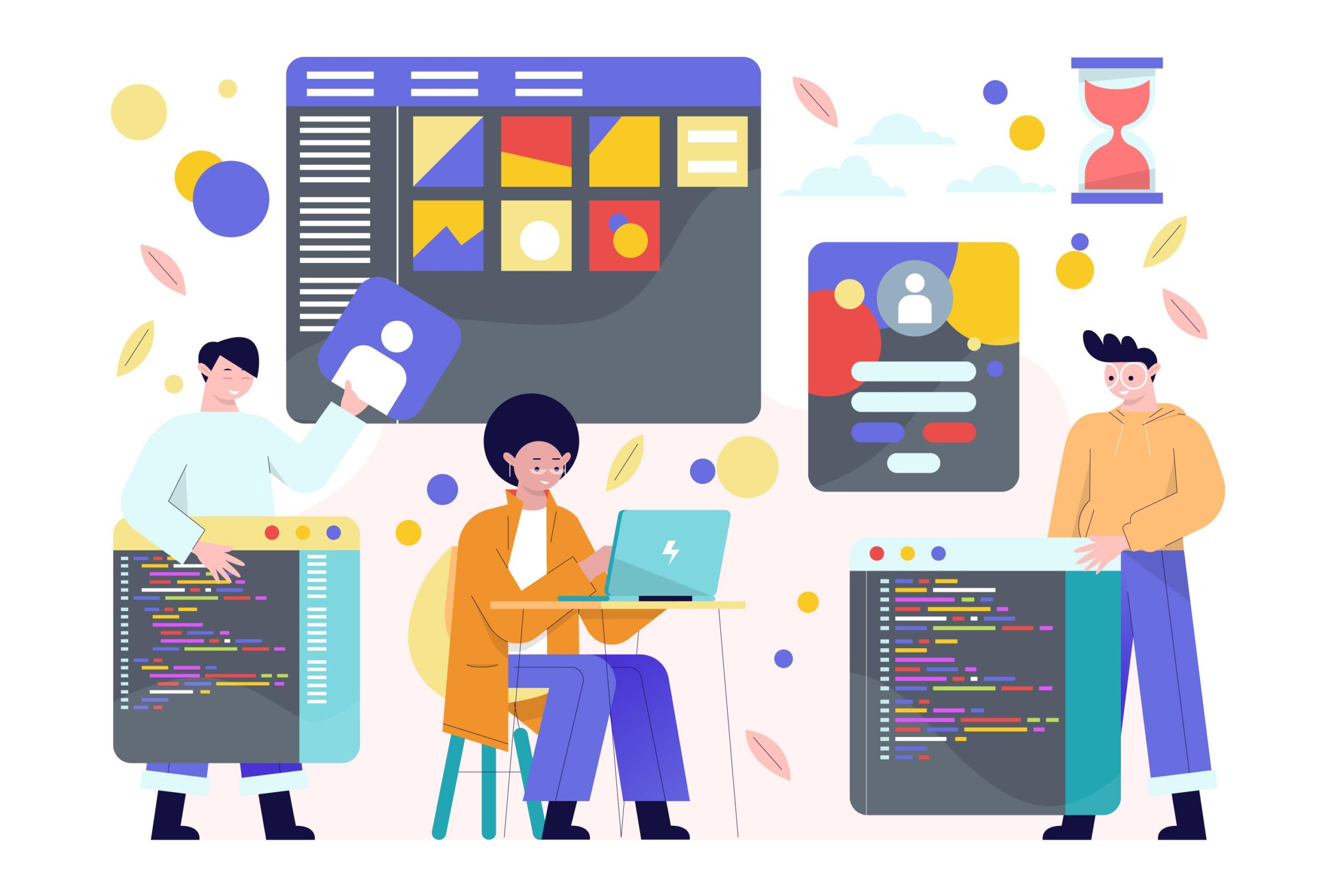
Career Opportunities
After completing a full stack developer course, you’ll be equipped to apply for roles like Full Stack Developer, Front-End Engineer, Back-End Developer, and more. Salaries typically range from Rs. 6.00,000 to Rs. 12,00,000 depending on location and experience.
Conclusion
Becoming a Full Stack Developer offers the versatility to work across the entire tech stack, making you a valuable asset to any team. At Futuristic Coding Academy, our Full Stack Developer Course equips you with in-depth knowledge of both front-end and back-end technologies, project-based learning, and career guidance to ensure you excel in the ever-evolving tech landscape. Start your journey today and master the art of Full Stack Development!
People Also Ask
1. What topics are covered in a Full Stack Developer course syllabus?
A Full Stack Developer course typically covers both front-end and back-end technologies. Topics include HTML, CSS, JavaScript, front-end frameworks like React or Angular, back-end development with Node.js, Express, databases like MySQL and MongoDB, and DevOps practices such as CI/CD and cloud deployment. Hands-on projects are also a crucial part of the syllabus.
2. How long does it take to complete a Full Stack Developer course?
The duration of a Full Stack Developer course can range from 6 months to 1 year depending on the learning pace and depth of the syllabus. Short-term bootcamps may last 12-24 weeks, while more comprehensive courses may take 6 to 12 months with full-time or part-time options.
3. Is Full Stack Development a good career choice?
Yes, Full Stack Development is a highly sought-after career, offering a wide range of opportunities in web development, software engineering, and cloud computing. Full stack developers are in demand due to their ability to work on both the front-end and back-end of applications, making them versatile professionals.
4. Do Full Stack Developer courses include projects?
Most Full Stack Developer courses include hands-on projects such as building web applications, e-commerce platforms, or social networking apps. These projects help students apply their knowledge in real-world scenarios and build a strong portfolio.
5. What are the prerequisites for learning Full Stack Development?
While a basic understanding of HTML, CSS, and JavaScript is helpful, many Full Stack Developer courses are beginner-friendly and cover the fundamentals. Familiarity with programming concepts, problem-solving skills, and a passion for learning are also beneficial.



